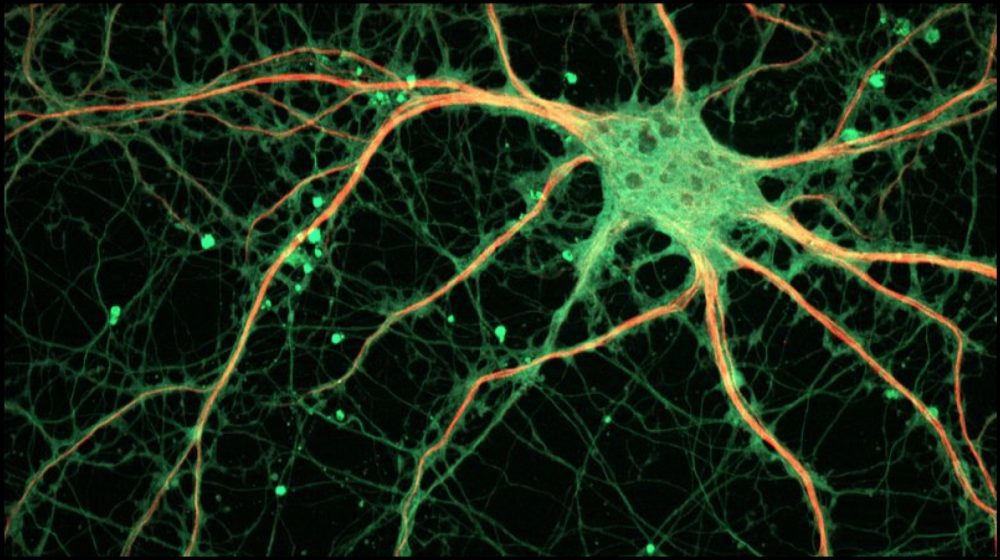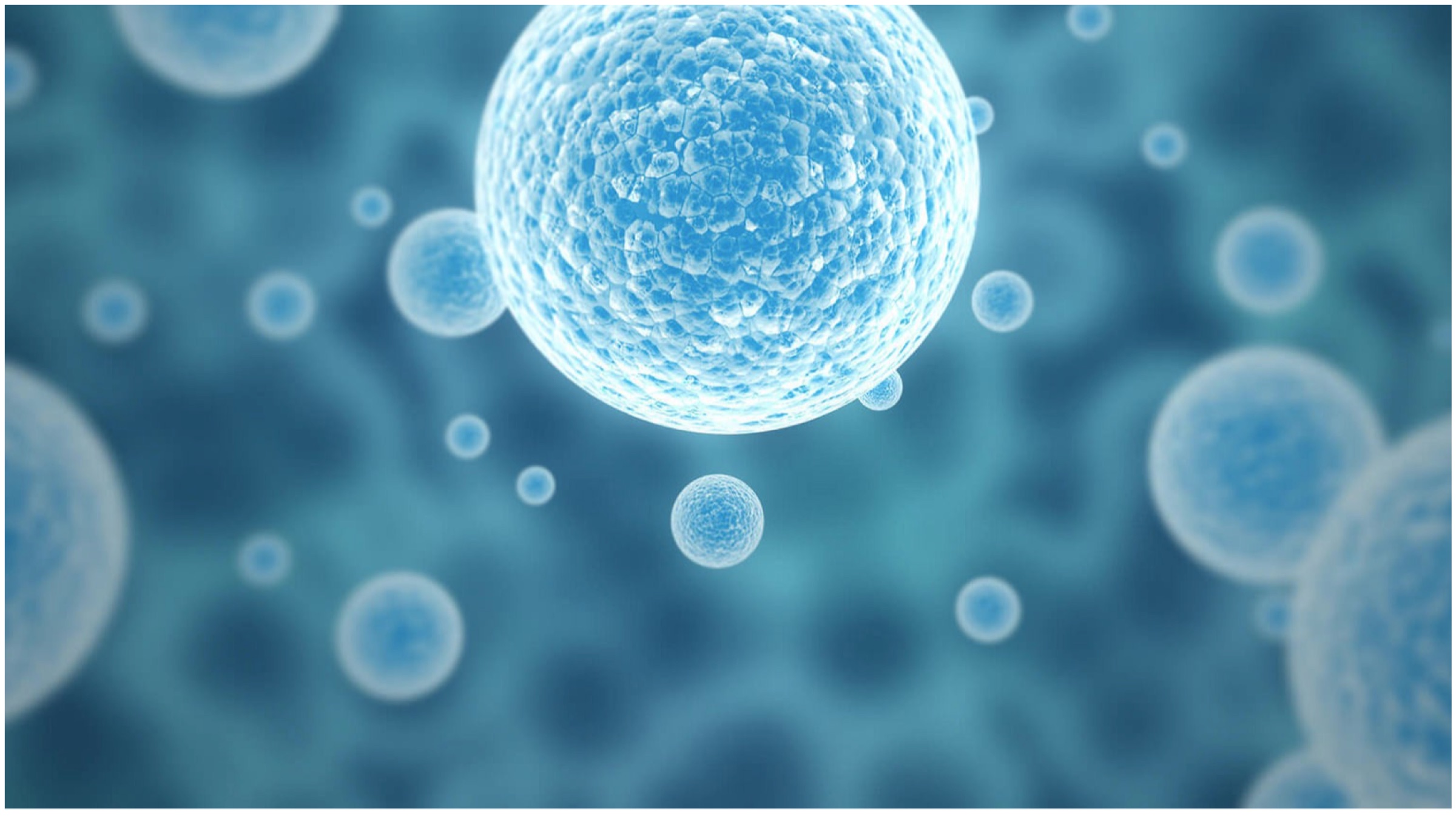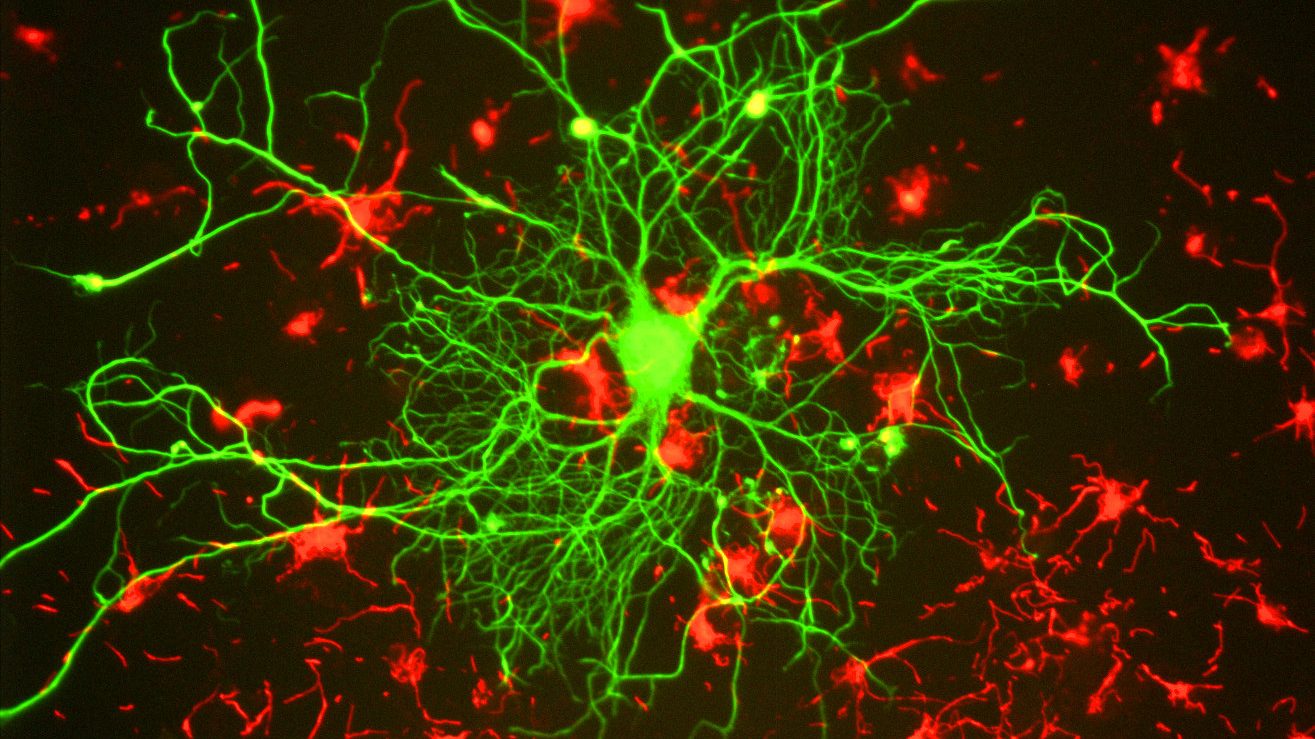Study Explains How Stem Cells Are Activated

The human brain is extremely fragile and equally bad at regenerating damaged cells. Be it an injury or a disease, the effects of brain neuron damage are mostly irreversible. Research led by the University of
Plymouth has uncovered a mechanism that can be used by neural Stem
Cells, or NSCs to activate i.e restore to their original form. This will help
scientists assess the behaviour of the brain in order to develop effective
treatments.
 Neural Stem Cells manufacture neurons, which are responsible for
Neural Stem Cells manufacture neurons, which are responsible for
transmitting messages between different sections of the brain.
Furthermore, NSC also produce glial cells in the brain (which provide
insulation), so understanding the working of NSCs could help scientists
figure out a solution to speed up their regeneration. The study was
conducted using Drosophila fruit flies, and it confirmed that certain
molecules which form a complex called STRIPAK (Striatin-interacting
phosphatase and kinase) are essential to promote reactivation in NSCs.

Also Read: Oppo Patents Foldable Smartphone With Telescopic Camera
STRIPAK is commonly found in a variety of organisms ranging from
humans to fungi. When the research team was comparing the genetic messages of dormant and reactivated NSCs in live fly brains, they noticed something unique about STRIPAK. The compound basically acts like a switch that can be flipped on to restore the damaged cell to its restored/reactivated state. The lead author of the study stated that there is a lot more to be researched before such a finding can be implemented in human subjects. Scientists believe that in the future, brain cancer growth can be prevented with the help of Stem-like cells that are capable of regenerating from dilapidated states.






















